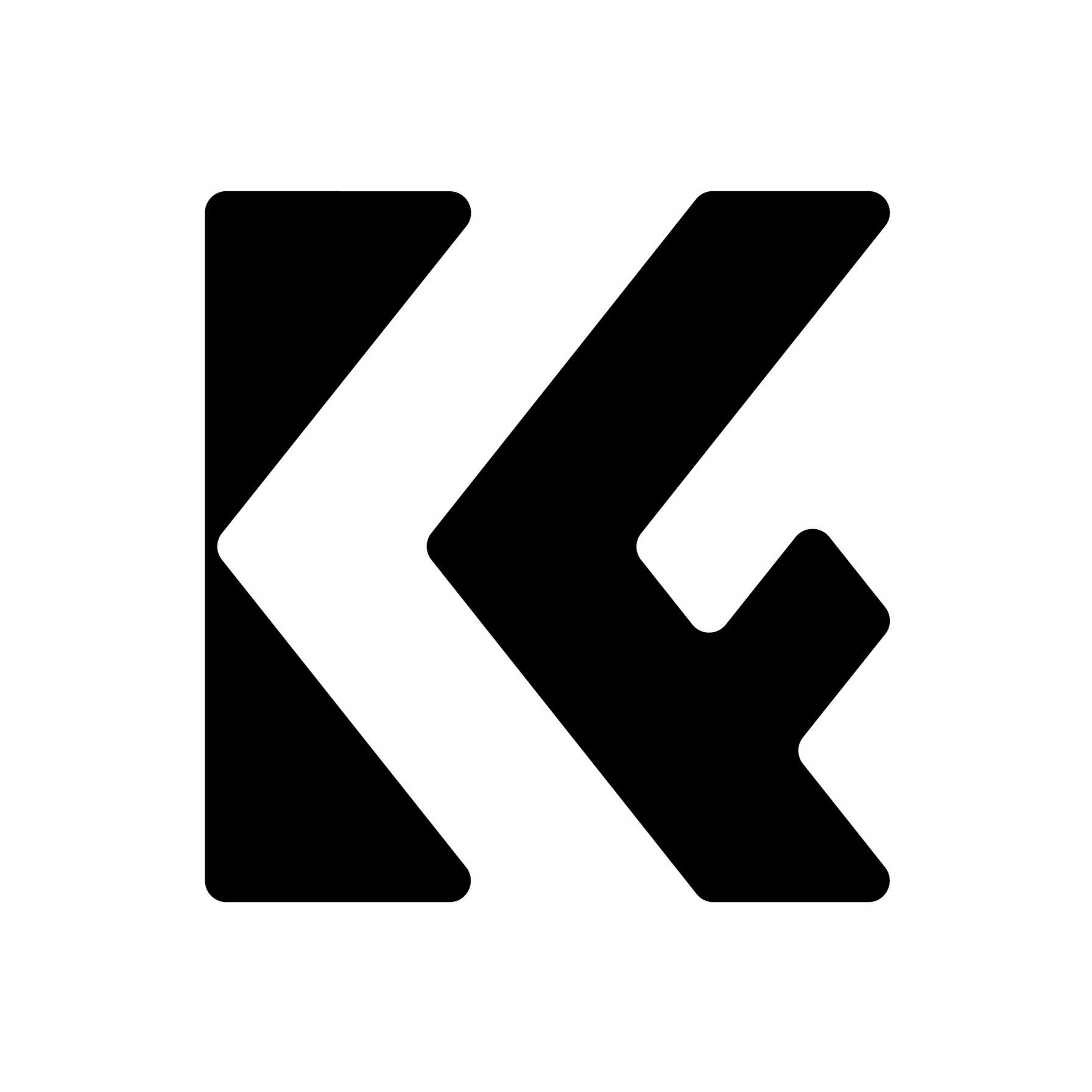Use UV Filters on Vintage Lenses
Friday 27 September 2024
 311
311
 Reproduction without the author's authorization is prohibited
Reproduction without the author's authorization is prohibited
Using UV filters on vintage lenses can be a topic of debate among photographers. Vintage lenses, often celebrated for their unique optical characteristics.
Do Vintage Lenses Need UV Filters?
The answer to whether or not vintage lenses need UV filters depends on how you use vintage lenses. Most photographers use vintage lenses such as Helios and Zuiko to get the unique vibe that comes with the design or optical imperfections. Image quality may not be the primary consideration when using vintage lenses. However, although you want to preserve the vibe created by these optical imperfections, UV filters can also play a protective role on the lens.
But if you use vintage lenses on film cameras and desire to get image quality similar to that of modern cameras, using UV filters on vintage lenses can reduce the impact of ultraviolet rays on the film.
Vintage Lenses vs Modern Lenses
When comparing vintage lenses to modern lenses, the difference in coatings is one of the most significant factors to consider. Modern lenses often feature advanced multi-coatings designed to minimize lens flare and enhance contrast, ensuring that images are sharp and vibrant. These coatings work effectively to reduce reflections and improve light transmission, addressing many of the issues that can arise when shooting in challenging lighting conditions. In contrast, vintage lenses might have simpler, single-layer coatings or even none at all, which can lead to increased susceptibility to flare and reduced contrast in certain lighting situations.
However, the unique rendering and character of vintage lenses often outweigh the technical advantages of modern coatings for many photographers. Vintage lenses can produce softer bokeh, unique color renditions, and a certain "flavor" that is difficult to replicate with modern optics. Photographers often seek out these vintage lenses for their artistic qualities, even if that means navigating some of the challenges posed by their simpler optical designs. Understanding the differences in coatings allows photographers to choose the right lens for their creative vision, whether they prioritize technical performance or artistic expression.
Film is More Susceptible to UV Rays Than CMOS Sensors
Film photography, particularly with certain types of color negative, remains more susceptible to the effects of UV rays compared to modern CMOS sensors. When exposed to UV light, film can exhibit unwanted color shifts, particularly towards the blue end of the spectrum. This phenomenon can result in a loss of the warm tones that many photographers cherish in their film images. For this reason, using UV filters becomes increasingly important when shooting with film, as they can effectively block a significant portion of UV radiation, helping to maintain the integrity of colors in the final print.
In contrast, CMOS sensors found in digital cameras are designed to be less affected by UV light due to their inherent properties and the coatings applied to modern lenses. However, while digital sensors may not require UV filters for protection against UV rays, they can still benefit from the protective qualities a filter offers. Photographers who appreciate the aesthetic of film should consider UV filters as a standard practice when working with vintage lenses, ensuring their images retain the desired color accuracy and tonal quality that film is capable of delivering.
Statement: all contents and remarks made by K&F CONCEPT 's intranet friends only represent themselves and do not reflect any K&F CONCEPT 's opinions and views.
-
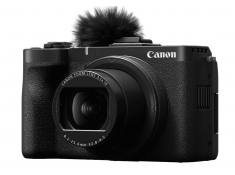 Canon releases PowerShot V1 camera, 22.3mp 1.4-inch CMOSThursday 20 February 2025
Canon releases PowerShot V1 camera, 22.3mp 1.4-inch CMOSThursday 20 February 2025 -
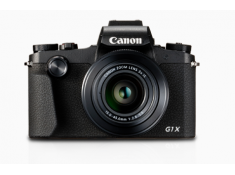 Canon PowerShot V1 camera specsWednesday 19 February 2025
Canon PowerShot V1 camera specsWednesday 19 February 2025 -
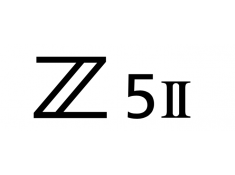 Rumored:Nikon Z5 II specsMonday 17 February 2025
Rumored:Nikon Z5 II specsMonday 17 February 2025 -
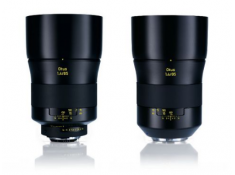 Zeiss announcing a new Otus for mirrorless camerasFriday 14 February 2025
Zeiss announcing a new Otus for mirrorless camerasFriday 14 February 2025 -
 LUMIX S1RII first spy photoWednesday 12 February 2025
LUMIX S1RII first spy photoWednesday 12 February 2025
